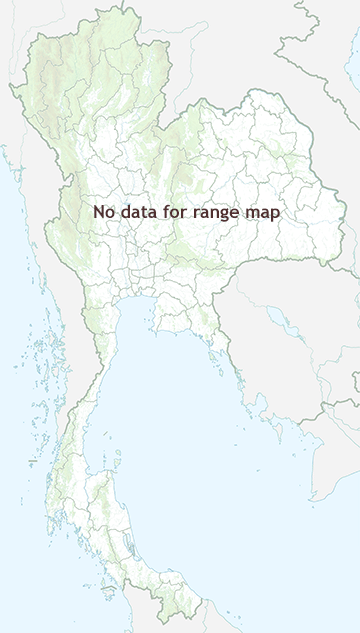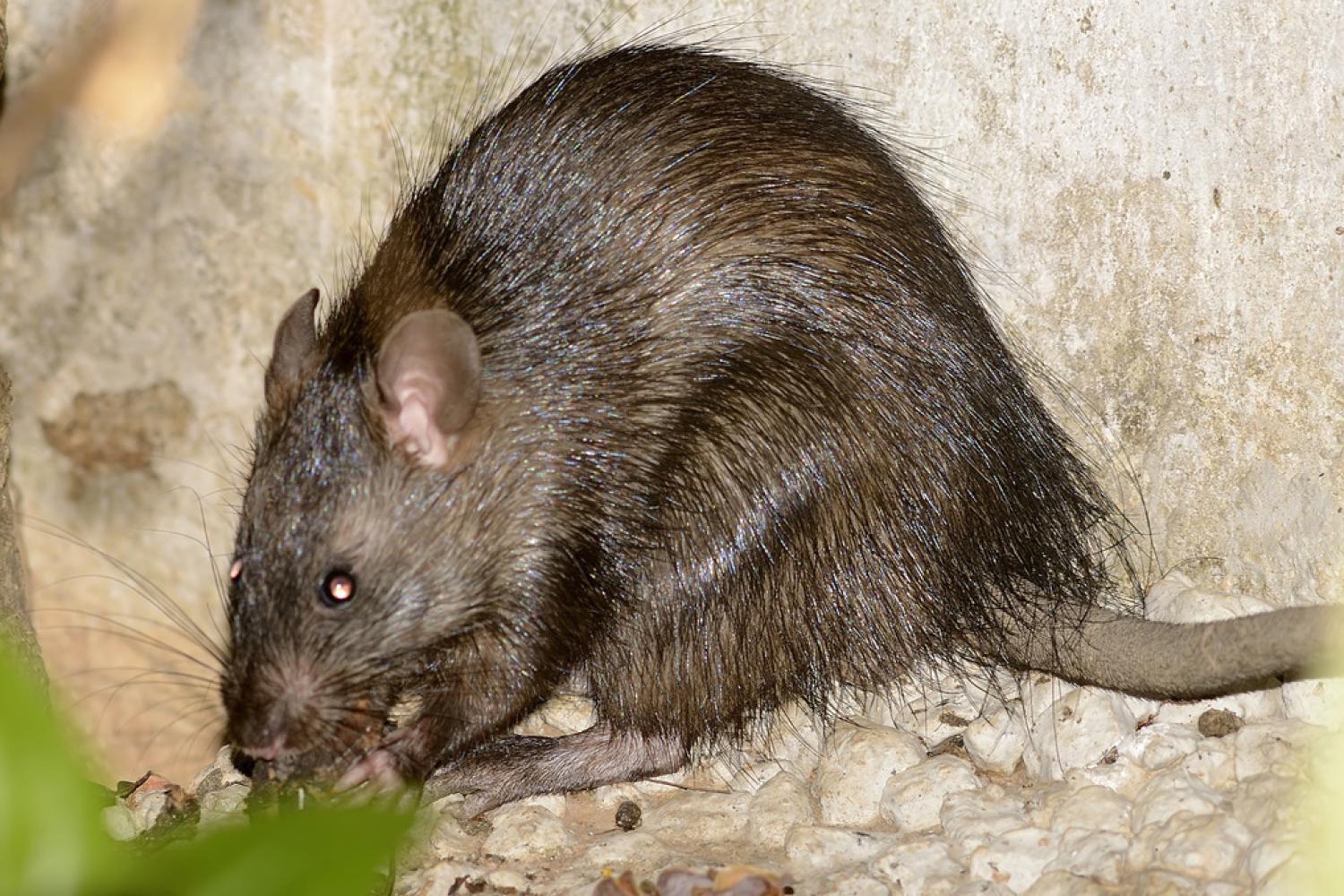Species of Thailand
Greater bandicoot rat
Bandicota indica
(Johann Matthäus Bechstein, 1800)
The greater bandicoot rat or Indian bandicoot rat (Bandicota indica) is a species of rodent in the family Muridae found in Bangladesh, China, India, Indonesia, Laos, Malaysia, Myanmar, Nepal, Sri Lanka, Taiwan, Thailand, and Vietnam.
It can grow to about 30–45 cm without including the tail which can grow to 28 cm. These should not be confused with marsupial bandicoots which inhabit Australia and neighbouring New Guinea, which were named after the bandicota rats.
Description
The greater bandicoot rat has a dark gray-brown upper parts with a profusion of long, black hairs. Sides are gray with a few long, black hairs. Short, light gray fur occurs on the ventral surfaces. It has a dark and naked, scaly tail, and dark feet with light-colored claws. The young are much lighter in colour.
In Sinhala, the bandicoot rat is known as - , and in Malayalam, it is known as - . Both names directly translate to "pig-rat". These are one of several animals called in the Nepali language.
Reproduction
A female has between 8 and 10 litters during her life. The young (8–14 rat pups per litter) are born blind and naked. Young reach sexual maturity around 50 to 60 days after birth. The lifespan of adults is around a year.
Behaviour
Large, aggressive bandicoot rats erect their guard hairs on their backs and emit grunts when disturbed. If caged with other bandicoots, it is likely to fight to death within a few hours. They're so aggressive that sometimes dogs and cats are afraid of these bandicoot rat, they occupy the outskirts of human dwellings such as compounds and gardens and are commonly found near garbage bins. They are also sometimes found on the roadside. Sometimes they get run over by cars and die on the road. Burrowing habits cause great damage to grounds and flooring, as they can also tunnel through brick and masonry. Their characteristic large burrows give away their presence. They are not fastidious eaters, feeding on household refuse, grain, and vegetables, and are very serious pests in poultry farms. They are also a carrier for many diseases.
Parasites
Parasites of Bandicota indica include:
- Schistosoma spindale
- Angiostrongylus cantonensis
Rat-borne diseases
- Leptospirosis
- Hantavirus
- Babesiosis
- Bovine schistosomiasis.
This article uses material from Wikipedia released under the Creative Commons Attribution-Share-Alike Licence 3.0. Eventual photos shown in this page may or may not be from Wikipedia, please see the license details for photos in photo by-lines.
Scientific classification
- Kingdom
- Animalia
- Phylum
- Chordata
- Class
- Mammalia
- Order
- Rodentia
- Family
- Muridae
- Genus
- Bandicota
- Species
- Bandicota indica
Conservation status

Least Concern (IUCN3.1)
Photos
Please help us review our species pages if wrong photos are used or any other details in the page is wrong. We can be reached via our contact us page.
Range Map

